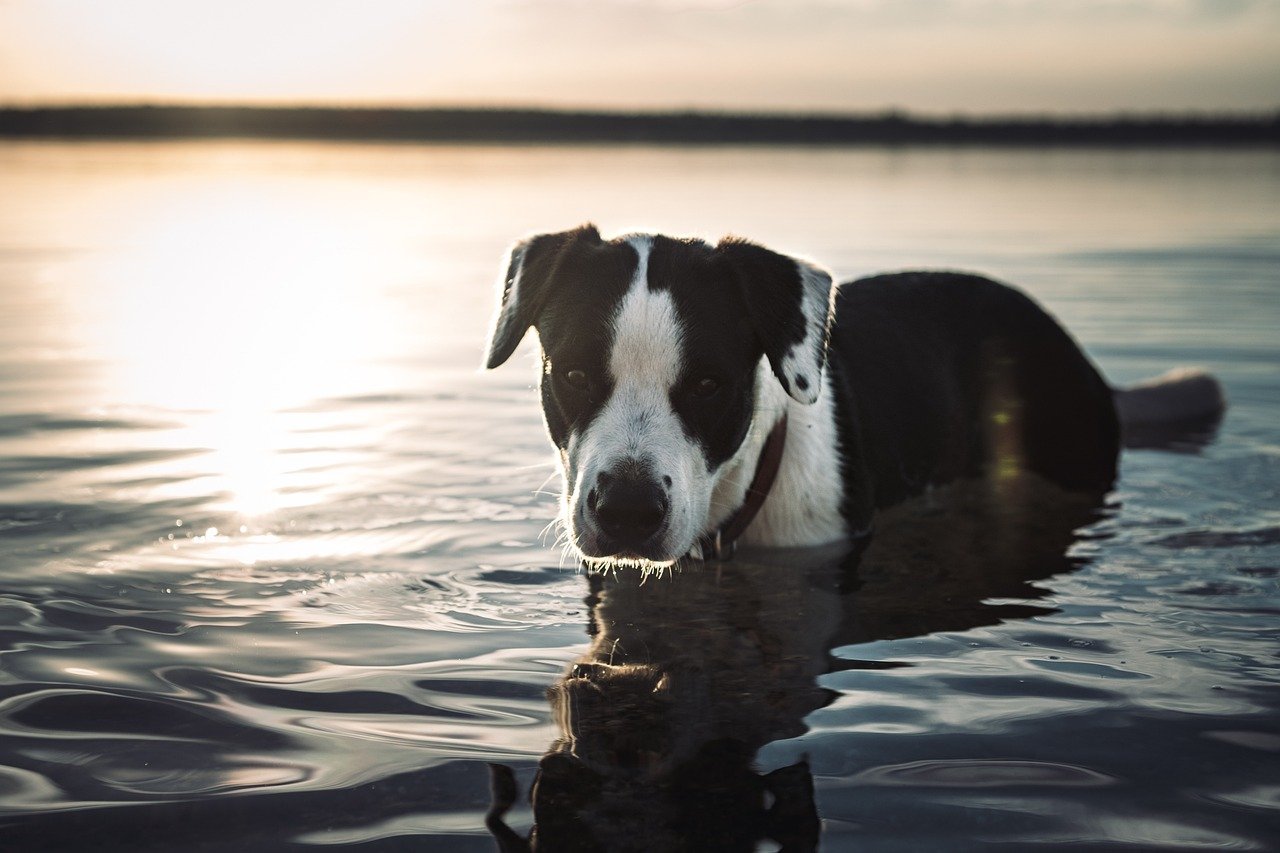As our beloved pets age, they may face various health challenges, including vision problems such as cataracts. Cataract surgery can significantly improve a dog’s quality of life by restoring their vision. This article delves into the importance of cataract surgery for dogs, including the signs and symptoms of cataracts, the surgical process, and post-operative care. We’ll also discuss frequently asked questions to provide a comprehensive understanding of this procedure.
What Are Cataracts in Dogs?
Cataracts are characterized by the clouding of the eye’s lens, leading to impaired vision. This condition can occur due to aging, genetics, diabetes, or trauma. Left untreated, cataracts can lead to blindness and significantly affect a dog’s quality of life.
Signs and Symptoms of Cataracts in Dogs
Recognizing the early signs of cataracts can help ensure timely intervention. Here are common symptoms:
- Cloudy or Bluish Eyes: The most noticeable sign is a change in the eye’s appearance, often described as cloudy or bluish.
- Difficulty Seeing in Dim Light: Dogs with cataracts may struggle to see in low-light conditions.
- Bumping into Objects: Impaired vision can cause dogs to bump into furniture, walls, or other objects.
- Reluctance to Climb Stairs: Dogs may avoid stairs or seem hesitant to navigate uneven surfaces.
- Changes in Behavior: Increased anxiety or nervousness, especially in unfamiliar environments, may indicate vision problems.
Cataract Surgery: The Procedure
Cataract surgery for dogs involves removing the cloudy lens and replacing it with an artificial one. The procedure is similar to human cataract surgery and requires general anesthesia. Here’s a brief overview of the surgical process:
- Pre-Surgical Evaluation: A thorough eye examination, blood tests, and sometimes an ultrasound of the eye are conducted to ensure the dog is a good candidate for surgery.
- Anesthesia: General anesthesia is administered to keep the dog comfortable and still during the procedure.
- Lens Removal: The cloudy lens is removed using a technique called phacoemulsification, where ultrasonic waves break up the lens, and it is then suctioned out.
- Lens Replacement: An artificial intraocular lens (IOL) is implanted to restore vision.
- Recovery: The dog is monitored closely post-surgery to ensure a smooth recovery.
Post-Operative Care
Post-operative care is crucial for a successful recovery and includes:
- Medications: Eye drops and oral medications to prevent infection and reduce inflammation.
- E-Collar: An Elizabethan collar (E-collar) to prevent the dog from scratching or rubbing the eyes.
- Follow-Up Visits: Regular veterinary check-ups to monitor healing and ensure the eye is recovering well.
- Restricted Activity: Limiting physical activity to avoid any strain on the eyes during the healing process.
Pros and Cons of Cataract Surgery for Dogs
Pros:
- Restored Vision: The most significant benefit is the restoration of vision, improving the dog’s quality of life.
- Increased Confidence: Dogs often regain confidence and exhibit less anxiety when they can see clearly again.
- Enhanced Mobility: Improved vision leads to better navigation and mobility.
Cons:
- Cost: Cataract surgery can be expensive, including pre-surgical evaluations, surgery, and post-operative care.
- Anesthesia Risks: As with any surgery requiring anesthesia, there are inherent risks, particularly for older dogs or those with other health issues.
- Recovery Time: The post-operative period requires careful management and follow-up visits, which can be demanding for pet owners.
FAQs About Cataract Surgery for Dogs
Is cataract surgery safe for dogs?
Yes, cataract surgery is generally safe and has a high success rate. However, as with any surgery, there are risks, and it’s essential to consult with a veterinary ophthalmologist.
How much does cataract surgery cost for dogs?
The cost can vary widely depending on the location and the specific veterinary practice but typically ranges from $2,000 to $4,000 per eye.
What is the recovery time after cataract surgery?
Most dogs recover well within a few weeks, but complete healing can take up to two months. During this period, careful monitoring and adherence to post-operative care instructions are crucial.
Can all dogs with cataracts undergo surgery?
Not all dogs are suitable candidates for cataract surgery. A thorough evaluation by a veterinary ophthalmologist is necessary to determine if surgery is a viable option.
Conclusion
Cataract surgery can be a life-changing procedure for dogs suffering from vision impairment. Understanding the signs and symptoms of cataracts, the surgical process, and post-operative care is essential for making informed decisions about your pet’s health. Always consult with a veterinary professional to determine the best course of action for your furry friend. This blog post is for informational purposes only and is not a substitute for professional veterinary advice. For more tips and advice on pet health, visit our blog regularly. By taking proactive steps and being well-informed, you can ensure your dog enjoys a happy and healthy life with clear vision.
Always Consult Your Vet
Before introducing any new food, plant, remedy, or supplement to your dog, always consult with your veterinarian to ensure it is safe and appropriate for your pet’s specific health needs. This blog post is for informational purposes only and is not a substitute for professional veterinary advice.

